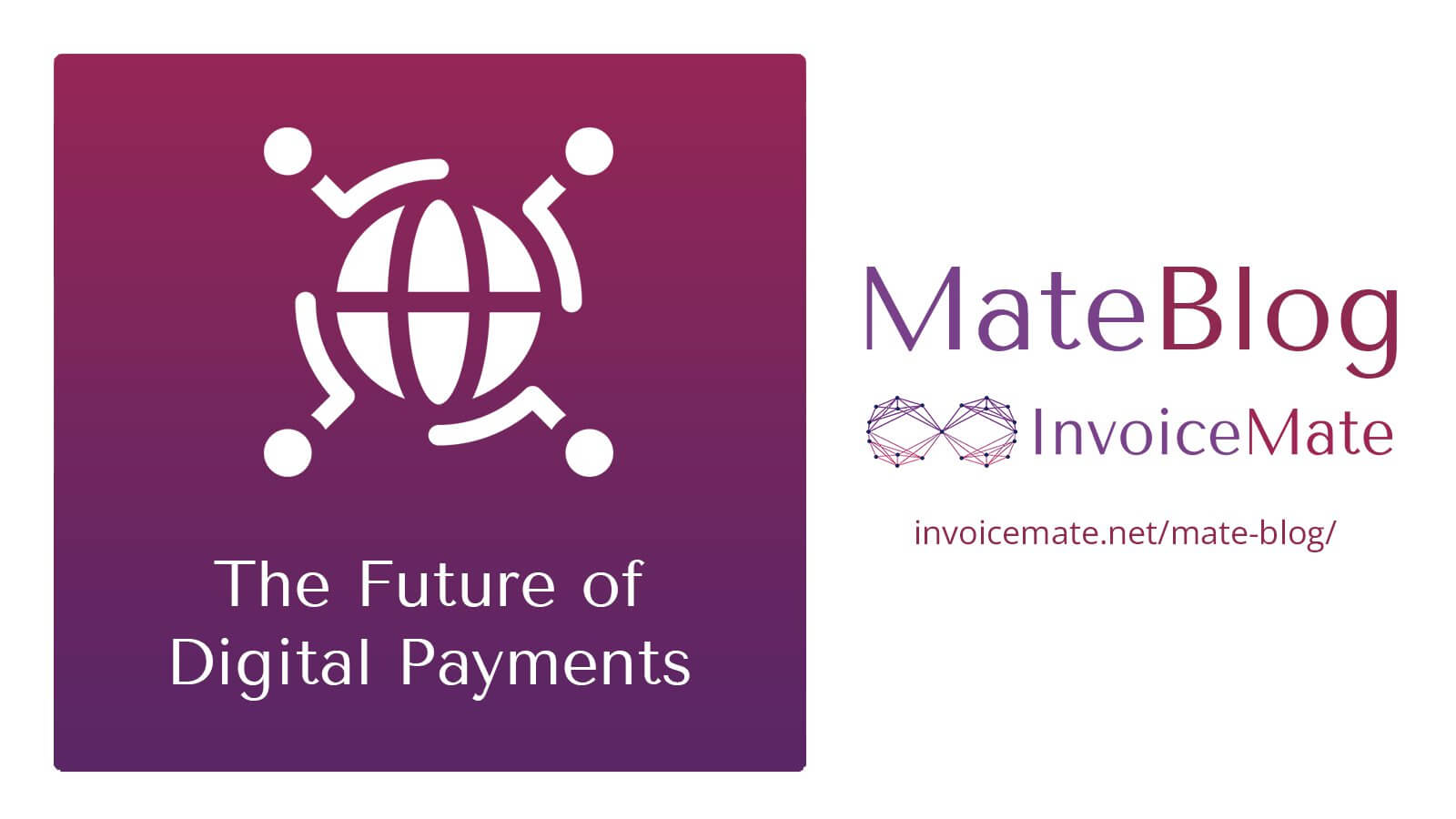Connect With Us

Digital is the future and the future is digital. We’re living in the digital era. Everything around us is getting digitized in one way or another, the financial sector is no exception to that. The financial sector has been one of the major beneficiaries of this technological revolution. This has led to the creation of a new branch of technology named Fintech. Fintech as the name suggests is a portmanteau word derived from the words Financial and Technology. The banking sector has been the biggest recipient of fintech advancements. By incorporating technology, the banking sector has significantly improved the delivery time of most of its services. Sending and receiving payments once used to take multiple days even within the same city has now become a matter of a few seconds. This is because of the evolution of digital payments. Lately, it has emerged as an industry of its own. In the following lines, we will take a look at the future of digital payments.
Digital Payment
By definition, digital payment is the electronic transfer of value from one account to another from a digital device like a computer, smartphone POS, ATM, etc. through a digital communication channel.
Common types of digital payment include bank transfer, card payment, wallet transfer, and mobile money. Besides the internet, SWIFT is a very known example of digital payment communication methods.
Digital Payment Adoption
Not many years ago, the digital payment domain was overwhelmingly ruled by banking sectors. There were some card payment companies like Visa, MasterCard, and American Express. In the last few years, the scenario has changed a lot. Now the digital payment horizon is dominated by non-banking payment companies. Most of these companies are exclusively established for digital transactions. PayPal, Fiserv, Square, Stripe, Union Pay, Ali Pay, WeChat Pay are a few examples of the companies leading digital payment market around the globe. Old players like MasterCard, Visa, AMEX have also fortified their positions in this ever-expanding market. Apple Pay and Google Pay have also expanded their global footprint significantly during the last few years.
The evolution of smartphone and mobile data networks has been the most contributing factor in digital transformation on the payment front. Digital payment adoption has surged after COVID-19. It has seen a transaction surge of 41% in the year 2020 with approximately 70.3 billion in real-time payments. It is estimated that the total transaction value of the Digital Payments segment will reach US$8,562 Billion in 2022. The top ten countries in digital payment adoption are as follows:
- India
- China
- South Korea
- Thailand
- United Kingdom
- Nigeria
- Japan
- Brazil
- USA
- Mexico
Interestingly, developing and under-developed markets have a greater potential for digital payment adoption. It has enabled people with low literacy or no literacy to avail these services. These are the people who used to shy away from banking practices otherwise.
The reasons behind digital payment adoption are numerous but a few notable and decisive reasons are:
- 24/7 Availability
- Realtime Receipt/Payment
- No cash handling
- Anywhere, Anytime
- Trackable spendings
The Future of Digital Payment
During the COViD-19 a paradigm shift has happened toward the digital economy. People who would’ve taken decades to adopt digital payments and eCommerce have made a giant leap toward digitalization during the last two years. This trend is increasing with each passing day. According to the Mordor Intelligence study. the digital payments market is projected to swell to $7.6 trillion by 2024 and 15.27 trillion by 2027. Asia-Pacific is predicted to be the largest market whereas the Middle East and Africa market is going to be the fastest-growing market. Retail markets across the globe are quickly transiting towards eCommerce. This trend is a major contributor to digital payments. Banks and conventional card and merchant payment companies will have to fully adopt the digital transition to remain relevant in the changing scenario.
Technology is the real force behind digital transformation. Presently (2022) more than 62% of the world population is accessing internet services, which translates into 4.95 billion users. There are around 5.31 billion unique active mobile phone users, this makes up 67.1 % of the global population. 80% of these users have smartphones and this number is growing at an annual rate of 5.7%.
Technology and eCommerce companies are going to be the major player in the digital payment arena. The online shopping market size was 4.9 trillion USD in 2021 and is projected to reach 5.5 trillion USD this year. By the year 2025, it is expected to reach 7.4 trillion USD.
All of these trends show that digital payment will significantly replace conventional payment methods over the next few years. This advancement will greatly contribute towards the goal of globalization by enabling the under-developed areas of the globe to take the advantage of new technologies.
We at InvoiceMate by MateSol are fully committed to bringing the benefits of digital transformation to the masses. To learn more about our fintech initiatives, feel free to write us at:
